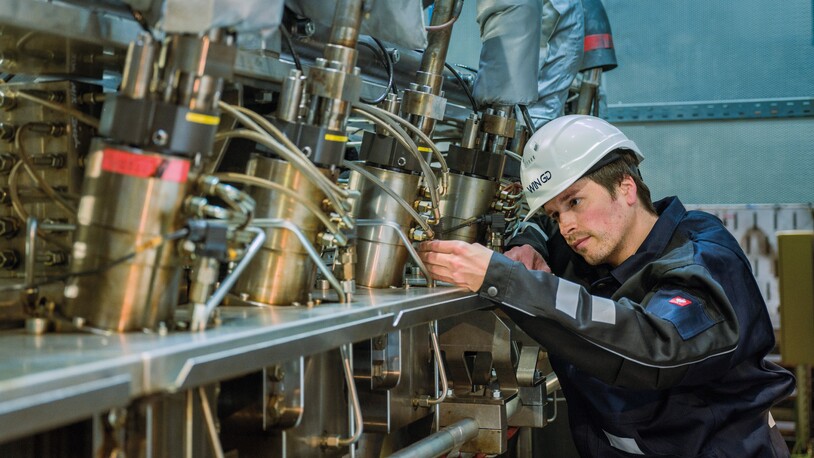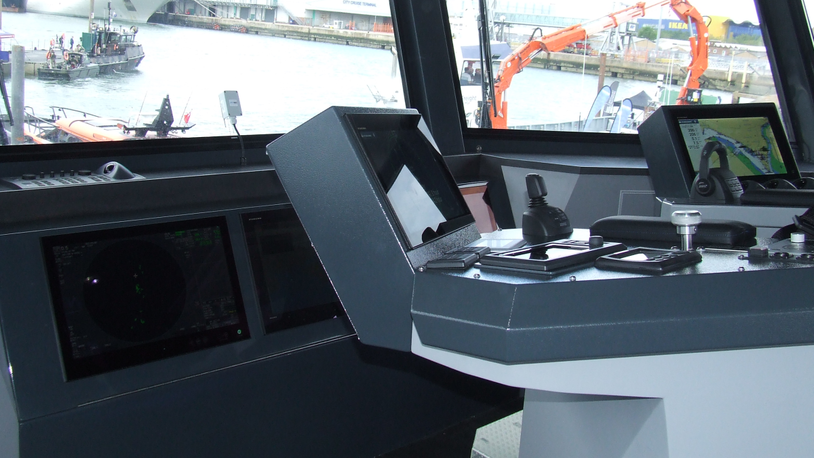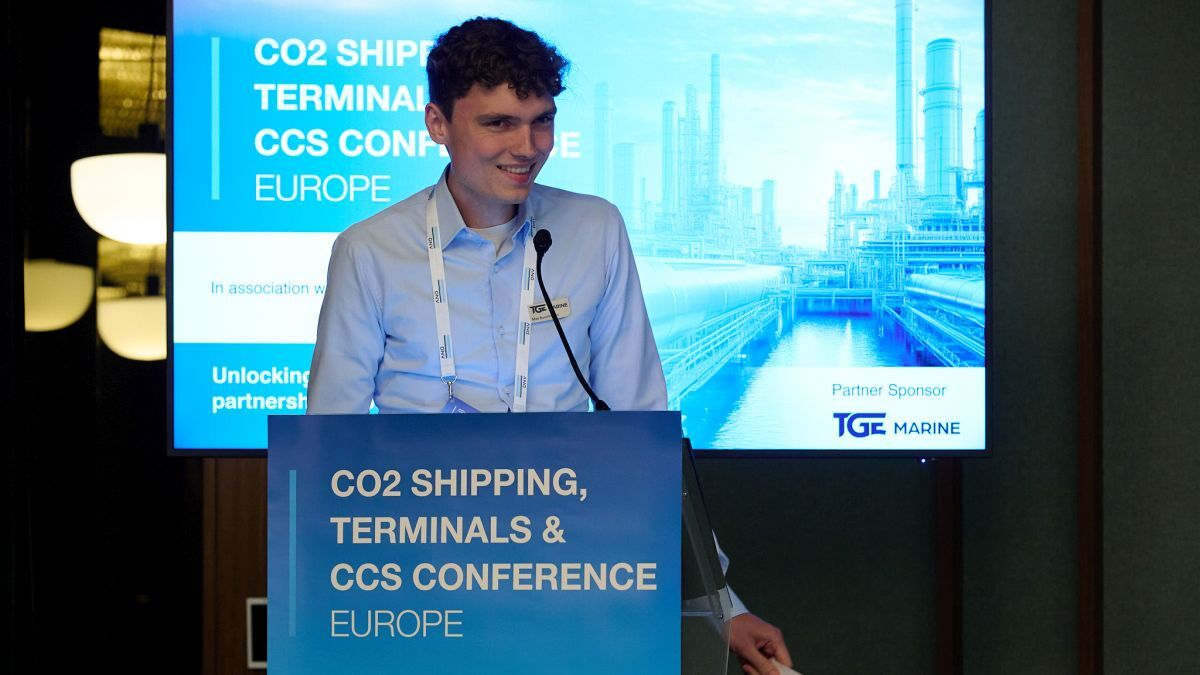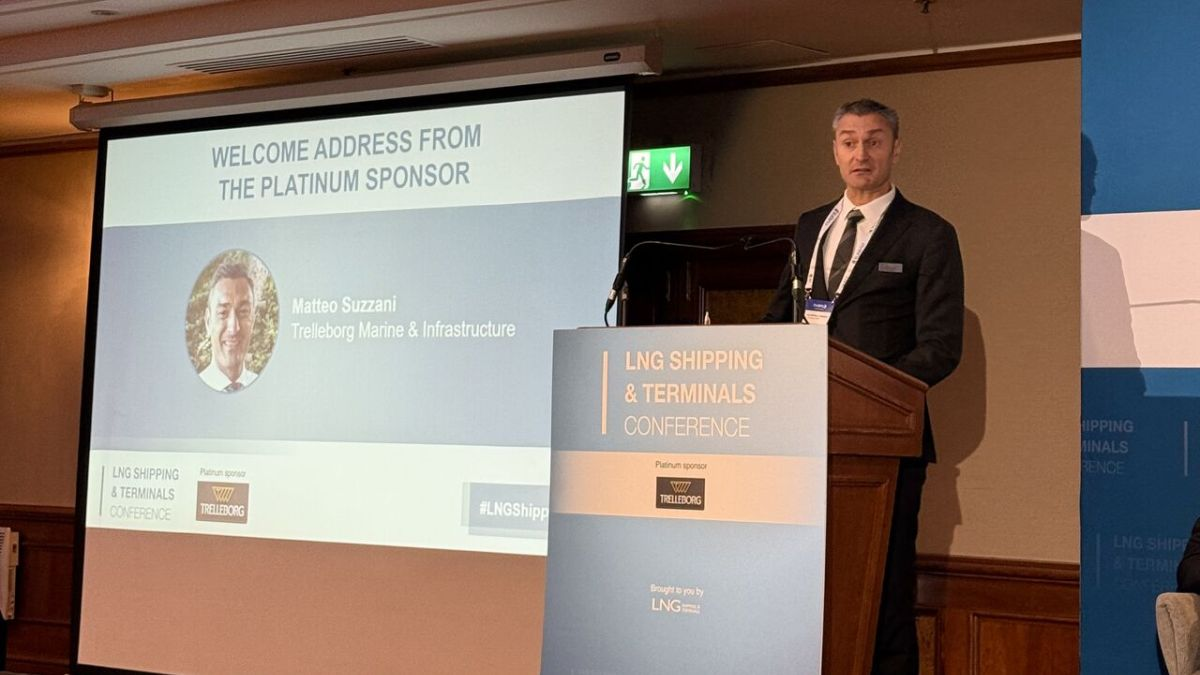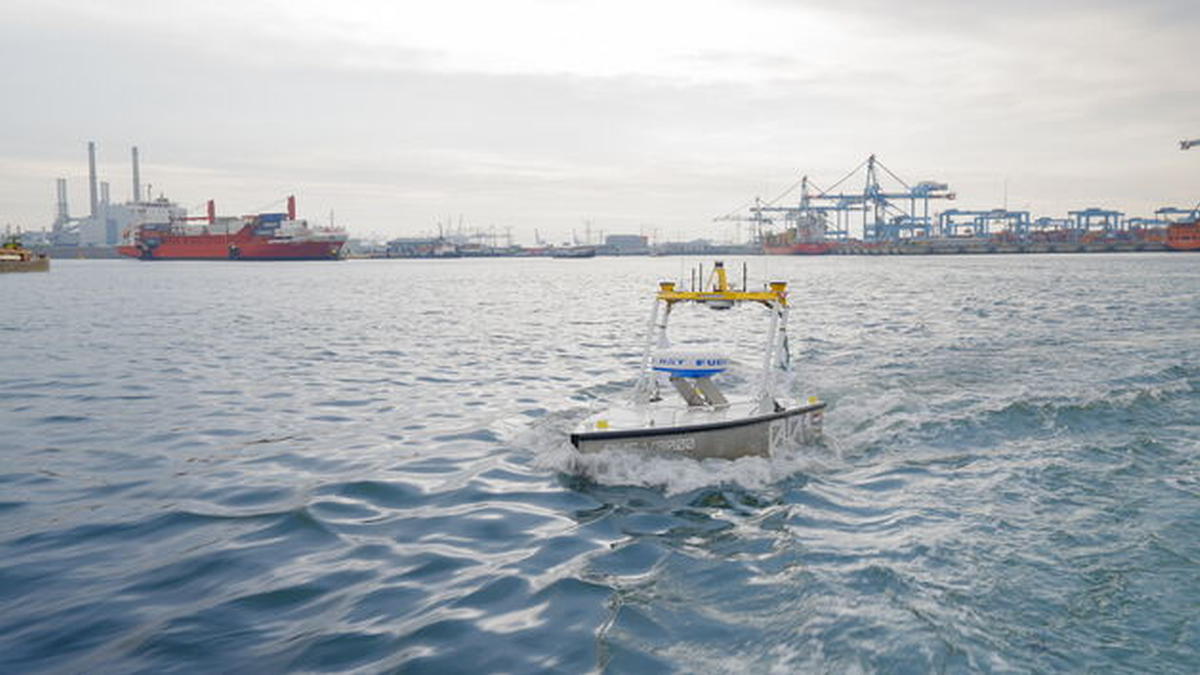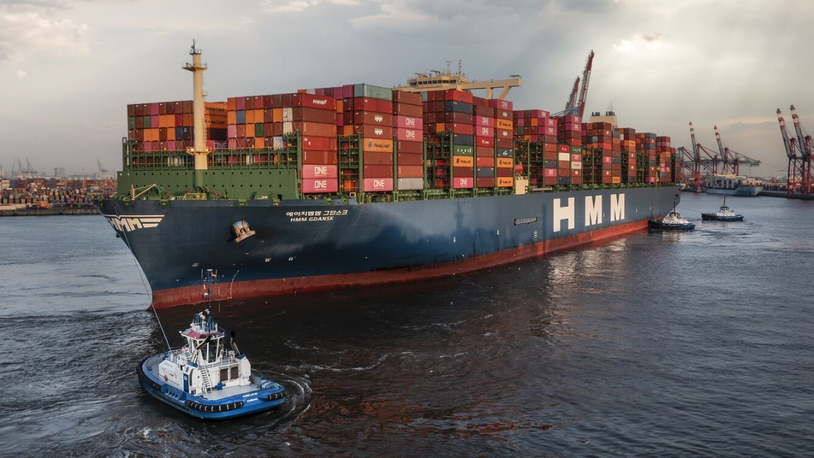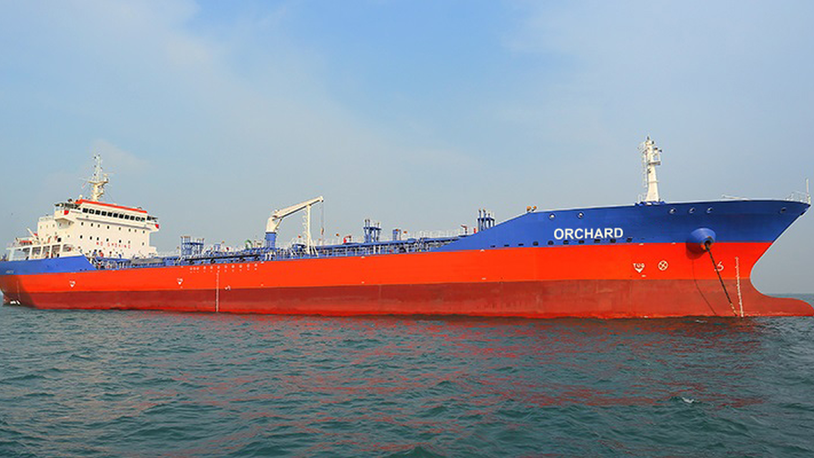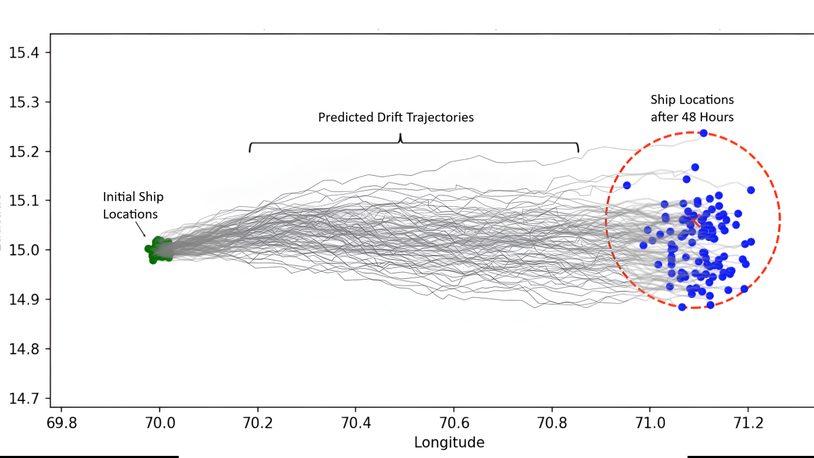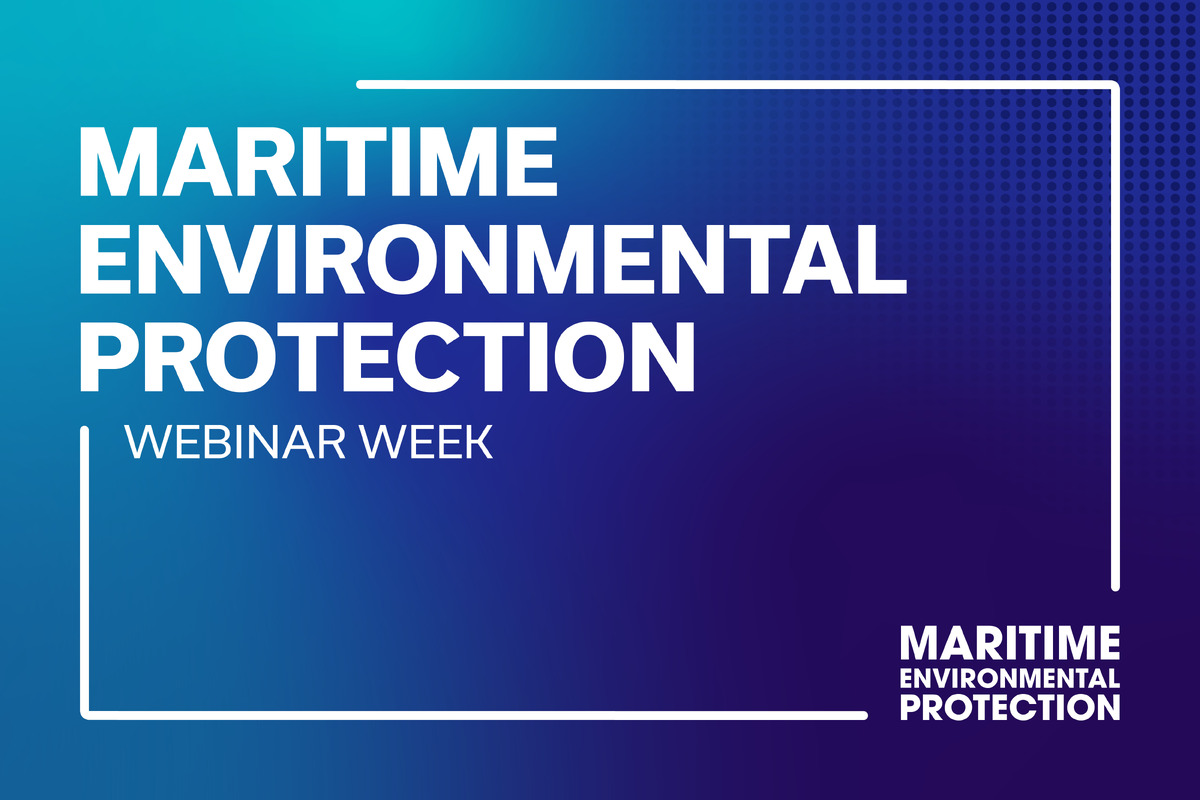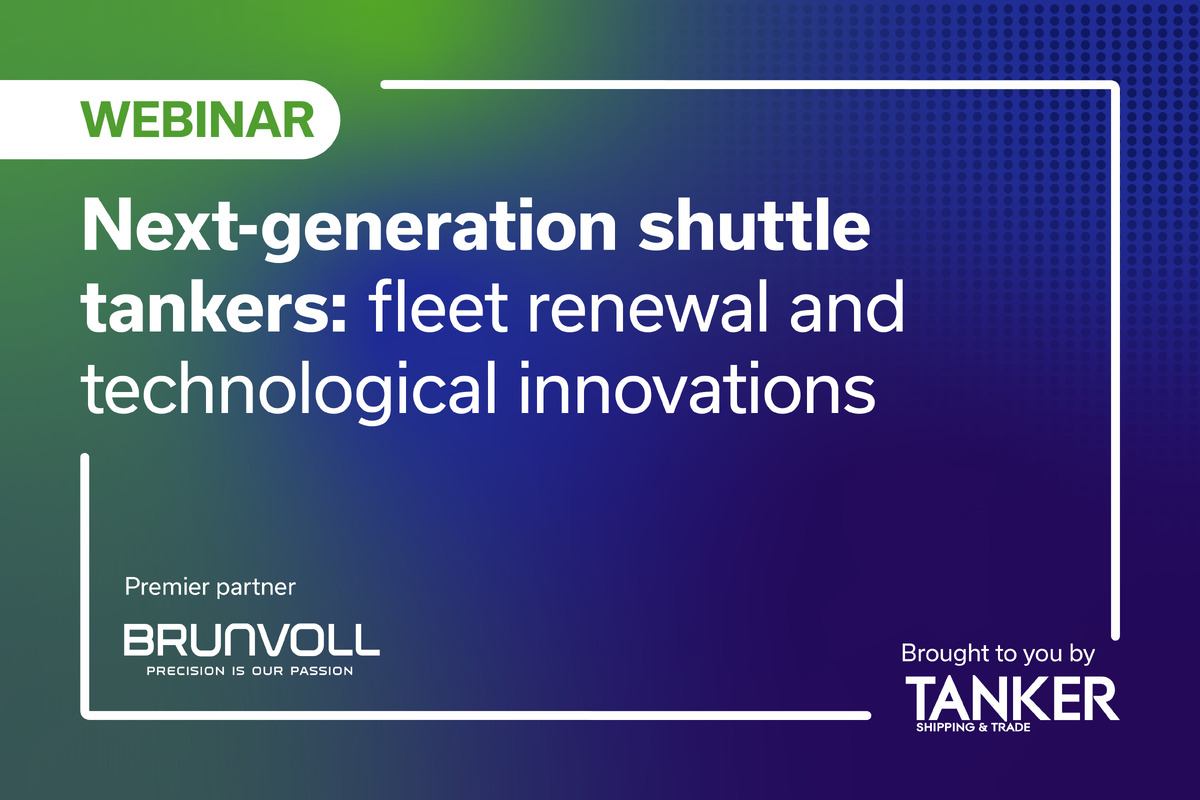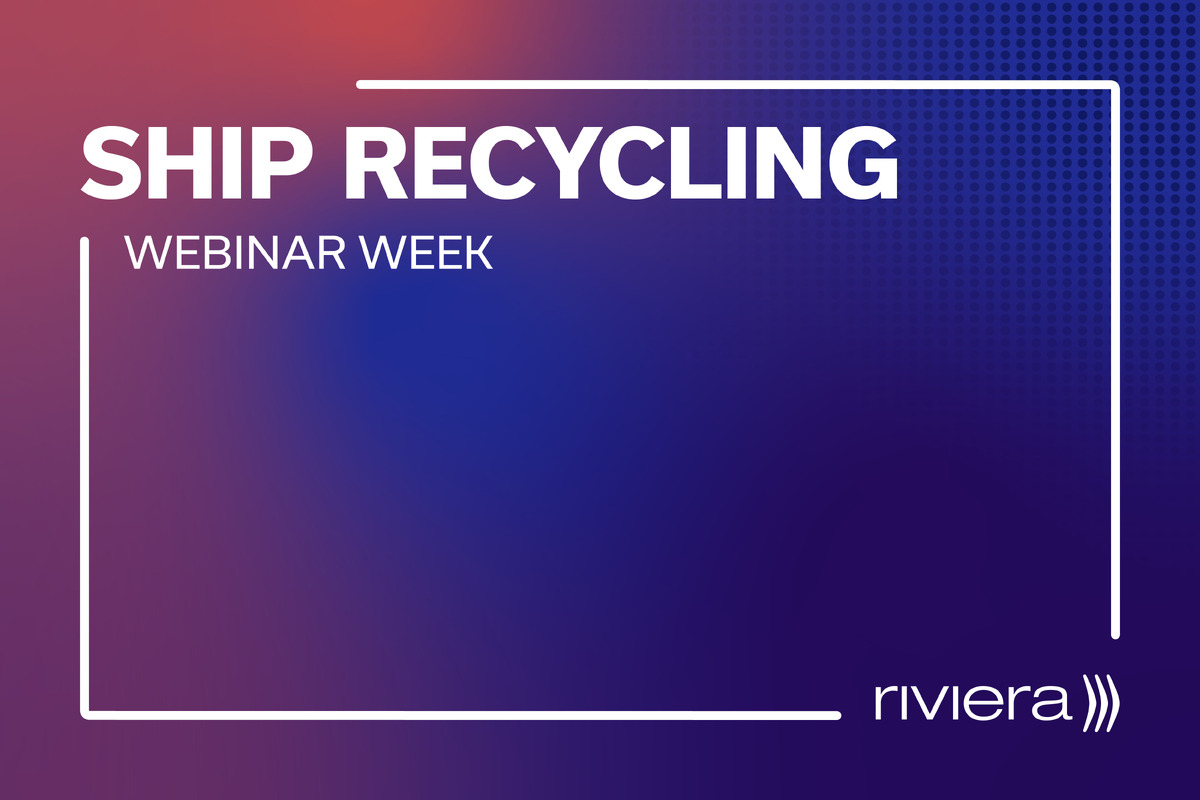Business Sectors
Events
Marine Coatings Webinar Week
Contents
Bridge system integrates all ship control functions
Wärtsilä has introduced an integrated bridge system that incorporates navigation, automation, engineroom and propulsion controls. The Finnish company’s 3C Control and Communication Centre brings together radar, ecdis, conning and automation in four multifunction displays.
The system has interchangeable displays in a new bridge design that promotes harmonised and efficient operations, better ergonomics and safer working environments, says Reijo Granqvist, Wärtsilä’s ship power 3C project manager.
“Recent developments within navigation and automation have increasingly shown the importance of integrating all various systems. Traditionally automation was designed to perform and monitor multiple tasks related to engine controls, safety systems, and other electronically controlled sub systems. At the same time, dependencies between the bridge and the engines, propulsion and automation are ever increasing,” he says.
“Efficiency and safety are both important, but when it comes to critical functions, the human factor must be taken into serious consideration. Automation should not increase the workload of the operator, but rather assist him with decision making to avoid making critical mistakes.
“We need to understand that the vessel is one entity. This is only possible by a total systems integration. By combining and utilising all available information in a prudent way we optimise the operator’s target setting activities, sharing information between the vessel automation and the integrated bridge,” Mr Granqvist adds.
In Wärtsilä’s system, radar, conning and ecdis can be accessed on any display, even the automation and propulsion controls screen. Navtex and weather chart data can be displayed via ecdis so routeing services can be applied.
All bridge alarms will be integrated into a single centre, while priorities are set according to rules and regulations. “Compared to existing bridge alarm systems, this has the advantage of muting certain multiple equipment alarms during a sensor failure,” says Mr Granqvist. “If one of the sensors is detected as being faulty, a single warning signal is displayed, rather than from each and every piece of equipment dependent on that sensor.”
Wärtsilä has linked the integrated bridge to its Optimiser and Ecometer products. This means fuel consumption is monitored and presented via the Voyage Efficiency Display. “The optimiser communicates with the power management system performing analysis and prognosis functions based on pitch, RPM, power and rudders; and other variables such as hull resistance, environmental conditions, dynamic stability and tracking,” explains Mr Granqvist. “Based on this information, the optimiser may be utilised to suggest alternatives for power generation by shutting down, or starting generators.”
Wärtsilä has adaptive autopilot and enhanced steering controls. The speed pilot has modes for setting speed along the entire voyage or achieving a pre-set arrival time. Other functions include all display dimming from one command; and a single action takeover, where all operator stations can be activated from one single button.
“The adaptive autopilot reduces fuel consumption by optimising the rudder activity. It will automatically reduce or increase the reaction time and rudder angle in accordance with the prevailing environmental conditions,” says Mr Granqvist. “The predictor function provides accurate indication of the vessel’s position and heading within the pre-set time during turns or manoeuvres. The predicted position and heading of the vessel will be shown on the display.
“The online predictor function deviates from the existing ones by being capable of reacting immediately to operator actions, such as the propulsion control levers, rudders, etc. Steering modes such as heading, course and track control provide enhanced course and track keeping capabilities to optimise the efficiency and safety of the voyage.”
Wärtsilä’s system can also generate reports on condition-based maintenance and operation records that can be sent to onshore fleet managers over the ship’s satellite link. “Wärtsilä’s 3C is not only a bridge design, but a long-awaited link between the engines, automation, propulsion and the bridge. It will provide the ultimate in systems integration in an ergonomic working environment,” says Mr Granqvist.
Meanwhile Raytheon Anschütz integrated bridge systems (INS) have been chosen for the Amels 199 superyachts to be built in Vlissingen shipyard in Holland. Dutch system integrator Alewijnse Marine Systems is responsible for the complete electrical system design and outfitting of the Amels 199.
The INS includes Raytheon Anschütz’ Synapsis bridge control series. Each vessel will be equipped with four scalable multifunctional workstations, which allow central access to the functions of chart radar, ecdis and conning from any workplace. Raytheon Anschütz will provide the navigation alert management which interfaces with the Alewijnse alarm monitoring system.
The navigation system is fitted with integrated data quality management, providing the most reliable set of sensor data to all the bridge workstations. The workstations store relevant data independently to ensure high availability of functions. They share information such as targets, tracks or charts automatically.
The conning workstation has a central area with graphical sensor data indications, reducing the area on the bridge desk for other indication units. For the bridge wings, two further conning stations are configured to support the captain with ship information during manoeuvring operations.
All ship’s steering positions are configured with multifunction workstations and an alarm reset button. Raytheon Anschütz will deliver NautoSteer advanced steering controls, which include advanced features for safe steering, such as integrated wire-break and steering failure monitoring. For automatic steering, the company provides the NautoPilot 5000 that forms the track control system together with ecdis.
Meanwhile, Japan Radio Co (JRC) has delivered its 15,000th Tornado radar from the Mitaka factory in Tokyo. The Tornado radar processor is found in the JMA-5200 through to the JMA-9100 series. allowing the radars to perform the complex tasks associated with the company’s other in-house developed technologies, Constaview and Target Enhancement Function (TEF),JRC says. Constaview allows full processing of data within milliseconds, generating a smooth and continuous (radar) image rotation. TEF allows target enhancement relative to the target size, resulting in a proportional enhancement where the relative enhancement of smaller targets is greater than applied to larger targets. Since the first JMA-5300 Tornado radar was shipped in 2004, JRC has delivered an average of six per day to reach this 15,000 milestone. MEC
Related to this Story
Events
Marine Coatings Webinar Week
Maritime Environmental Protection Webinar Week
Ship Recycling Webinar Week
© 2024 Riviera Maritime Media Ltd.

